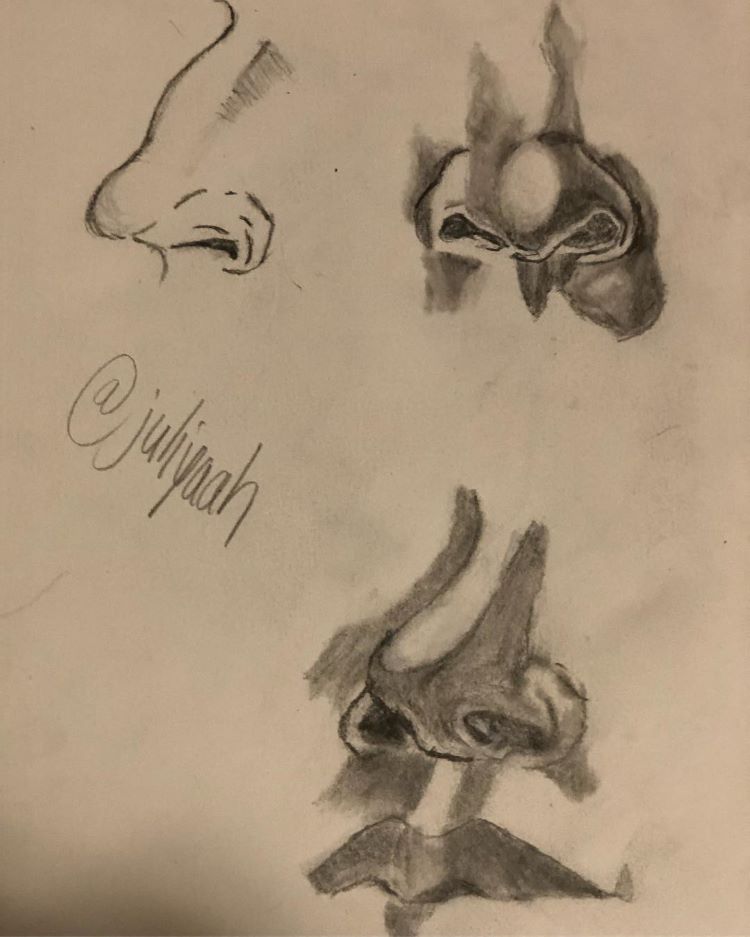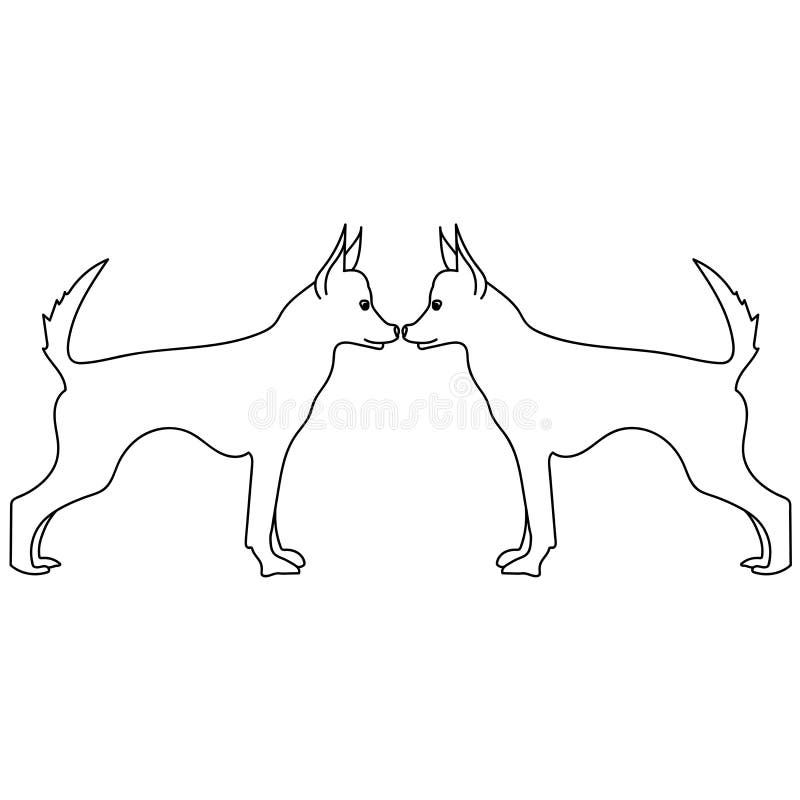
The appearance to your dog’s nose can definitely tell you something about her overall health, but it’s important to separate fact from fiction. While there’s some truth to this adage, it’s not as simple as it seems.
#DOG NOSE SKETCH HOW TO#
The parts and balance of a dog’s face vary depending on its breed, so let’s get a feel for the characteristics of the breed you want to portray, referring to photos and the like.įor more information on how to draw a dog’s body, see “ How to draw a dog (2) Please check out the article “How to Draw and Pose the Body” for more information.Does a cold nose means your dog is healthy? Find out what her snout can truly reveal about her overall well being.Ī lot of people believe the texture and temperature of a dog’s nose is a reliable barometer of how she’s feeling. We hope you have a rough idea of how to draw a dog’s face.

In this article, I’ve shown you how to balance and draw a dog’s face, with a focus on positioning. When deforming, you might draw the mouth as small as the illustration above left, but when drawing it realistically, keep in mind that the dog’s mouth is surprisingly large. The lower jaw is connected to the upper jaw at the temporomandibular joint near the bottom of the ear, and the lower jaw drops from here. When you open the mouth, imagine that you are drawing the lower jaw down from its normal position. One of the key points to keep in mind when drawing a dog is the way you open the mouth. Once you can draw in solid lines, you can color them in and finish. The eyes are viewed from the side, so the shape of the eyes is different from the front view, and they look like a halved “◆”. Once the positioning is drawn, I draw in a solid line. The eyes should be placed near the base of the nose. The ears are not perpendicular to the circle, but are slightly tilted forward. They are not attached perpendicularly to the circle, but rather they are attached in a way that makes them tilt slightly forward. When drawing the ears, you should pay attention to the way the ears are attached. You should draw the ears at the point where the circle intersects with the line of extension from the center of the circle upward. One of the characteristics of a dog’s profile is that it is longer to the nose than a cat.įirst, I drew the circle as the base, then I drew the cylinder that corresponds to the nose and mouth. You can draw the hair into the contour line in detail to give it a fluffy look, but dogs have stiffer hair than cats, so you just need to be aware of that. Let’s draw the part from the tip of the nose to the base of the nose, envision the shape of the cylinder and draw it with an awareness of three-dimensional.ĭraw the mouth part, paying attention to the bulge of the muzzle and the line under the nose.

Since the positioning was able to draw, now draw in a solid line and paint the color. If you draw only the tip of the nose, it is difficult to imagine the part up to the root of the nose, and it tends to be flat, so try to draw the position of the cylinder part as much as possible. The part from the tip of the nose to the base is the part that hits the cylinder of the three parts introduced in (1). Because a dog’s nose is larger than a cat’s, draw the nose while being conscious of a slightly larger size.

The nose will be near the middle of the lower half, below the middle. You should draw a slightly vertical triangle in mind.

The eyes will be drawn slightly above the horizontal line of the crosshairs.ĭraw a line extending from the center of the eye toward the circle and an ear around the point where the circle meets. Next, determine the position of the eyes and nose. In this case, it is recommended to draw the split box under the layer where the positioning is to be drawn. If you are not good at drawing crosshairs and dividing lines, you can use a dividing brush to make a 4:4 split box as shown in the picture. Replacing each part with a simple shape like this, such as a circle or cylinder, makes it easier to capture the shape even when the angle changes.įirst, draw a positional drawing in the direction you want to draw.įirst, draw a circle, which is the base of the face, and then draw a crosshair. In this case, we’ll draw the Shiba Inu, a relatively major pet, as a model.īefore you start illustrating, you should first figure out the shape of your dog’s face.Ī dog’s face is divided into the round part, which is the base of the face, the ears, and the nose and mouth. So let’s start by looking at how to draw the front face.


 0 kommentar(er)
0 kommentar(er)
